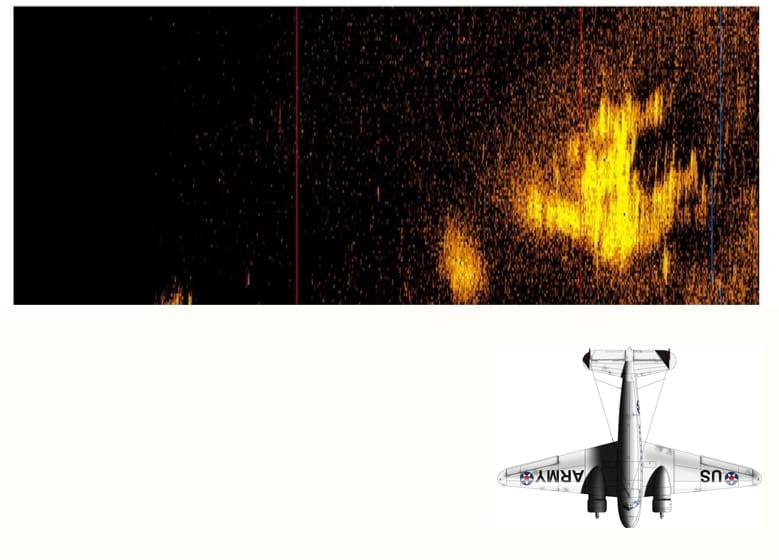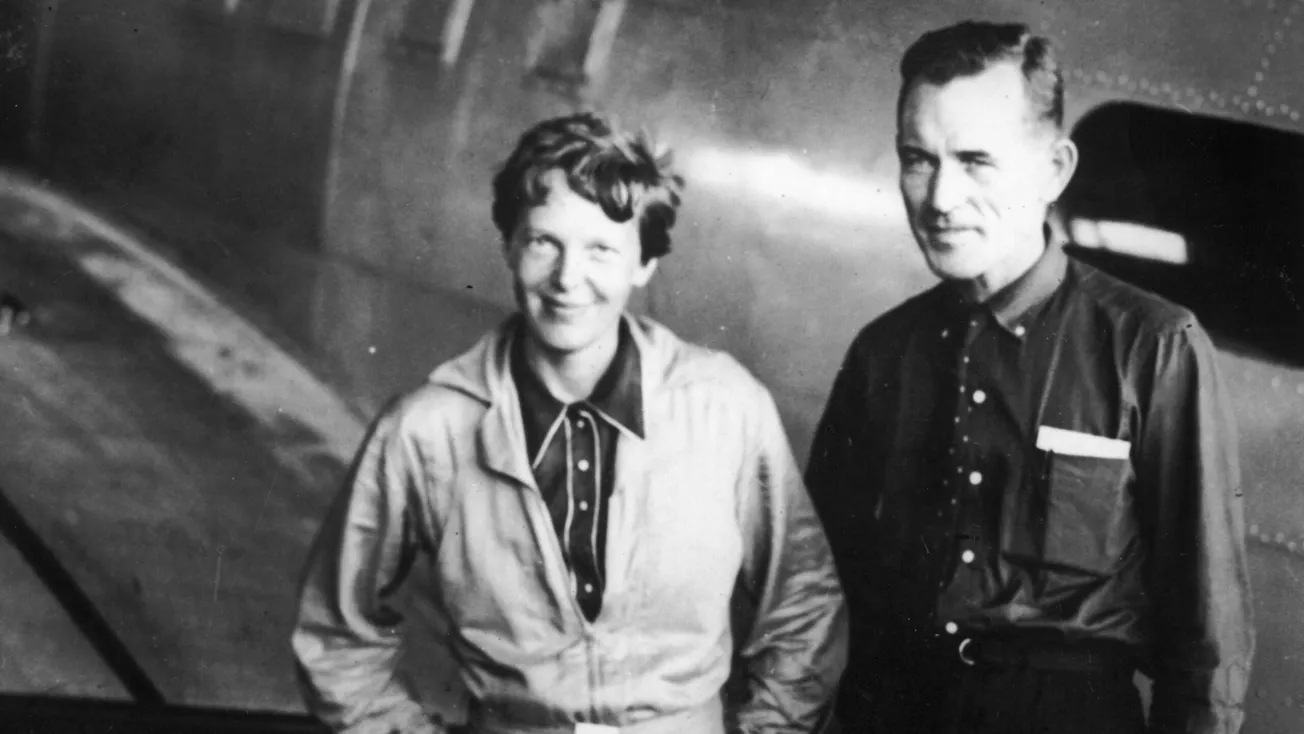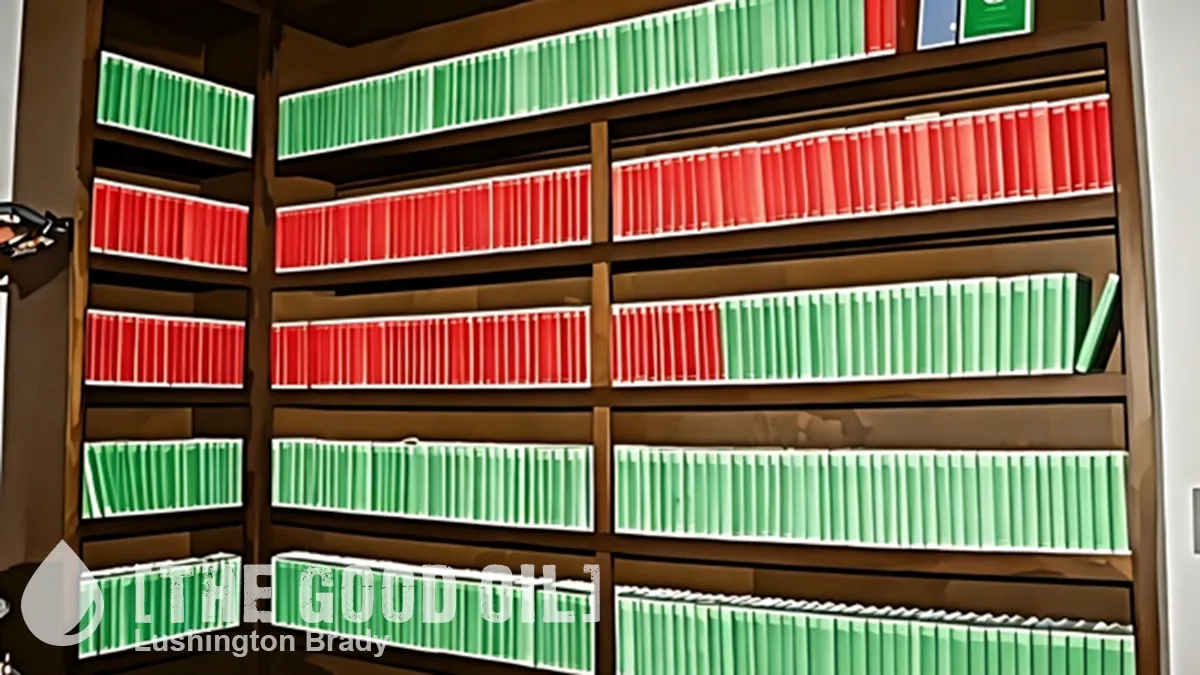If, like me, you were a nerdish kid in the ’70s, you were probably also a fan of the Leonard Nimoy-hosted TV series, In Search Of… It was, of course, just a part of the 1970’s weirdness that included everything from Chariots of the Gods? to “pyramid power” and Lobsang Rampa’s ludicrous mystic act (a proto-New Age guru: a plumber from Grimsby who supposedly channeled an ancient Tibetan Lama). It was all very silly and a whole lot of fun.
If you were a fan, you might remember that the credits montage of the show featured a shot of Amelia Earhart. For nearly a century, the disappearance of the pioneering aviator has been and enduring mystery. Earhart and navigator Fred Noonan disappeared on the Pacific leg of a pioneering, round-the-world flight. Somewhere between Lae, New Guinea, and tiny Howland Island in the heart of the Pacific, their plane vanished.

If a recent find is to be believed, then the In Search Of… Amelia Earhart may soon be over.
More than 86 years later and after countless searches of the Pacific, sonar images from an underwater exploration company may be the latest clue for solving the mystery of their whereabouts.
The South Carolina-based Deep Sea Vision CEO, Tony Romeo, told ABC News Breakfast he was confident his team had found Earhart’s missing plane resting on the ocean floor near Howland Island.
“We feel very good. You’d be hard-pressed to convince me that it’s not an airplane and, further, that it’s not Amelia’s airplane,” he said.
“Of course, it’s impossible to know because we didn’t get a picture. We need different equipment to go down there and take some pictures and examine the target further.”
What’s inspired Romeo’s confident assertions are a handful of fuzzy sonar images captured, five kilometres under the Pacific Ocean, by an unmanned submersible.
Deep Sea Vision’s exploration team spent 90 days searching around 13,500 square kilometres of the Pacific Ocean floor, though it is keeping the exact location of the find confidential for now.
“We’ve got a very strong-looking image of the aircraft,” said Mr Romeo, a former US Air Force intelligence officer.
“The three things that really stand out are the tail section, which is the twin vertical stabilisers on the back.
“You’ve got an object that is basically found on a very sandy, flat bottom, and when you see an object like that protruding from the sea floor, it immediately stands out as something unusual.
“The third thing is the aircraft dimensions are very similar in the sonar image to Amelia’s aircraft.”

Certainly, the sonar images bear some resemblance to Earhart’s Lockheed 10E Electra – albeit oddly distorted. Which, Romeo says, is an artefact of the sonar imaging.
“If you were to straighten out the tail and the wings proportionally, you’ll notice the sonar image actually takes the form of her airplane,” Mr Romeo said.
The search area was determined by applying the theory, first advanced in 2010, that Noonan forgot to turn back the calendar a day as they crossed the International Date Line, which would have thrown his navigation by star charts disastrously astray.
With the coordinates of the sonar object in hand, Mr Romeo said he planned on taking his team back to the site to collect more images and confirm it belonged to Earhart.
“Depending on whether the plane is in good condition and structurally stable, then we can lift it to the surface and hopefully restore it,” he said.
Mr Romeo said Earhart’s long-lost plane belongs in the Smithsonian in Washington, DC, which is the world’s largest museum and research complex.
ABC Australia









